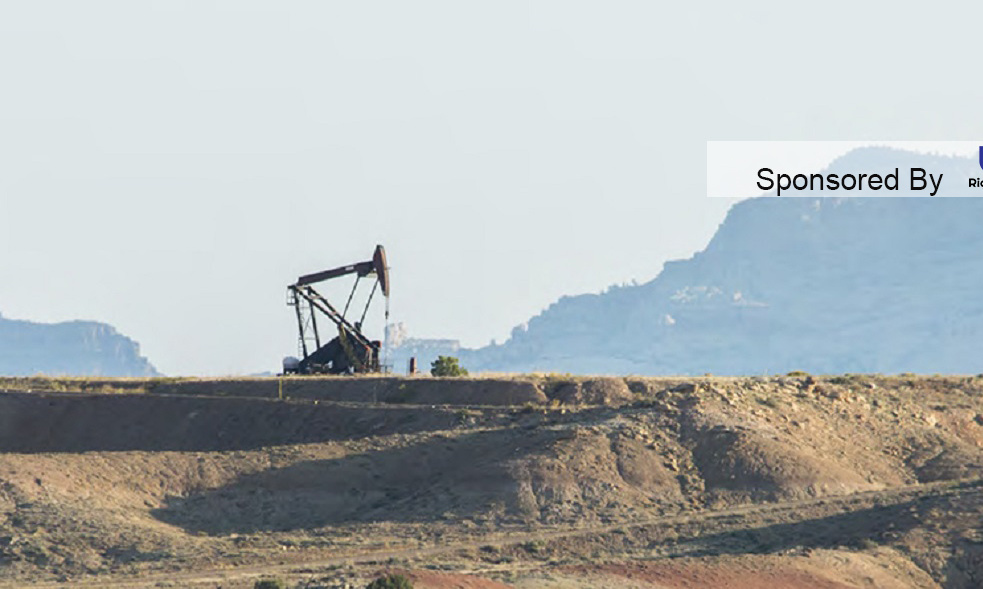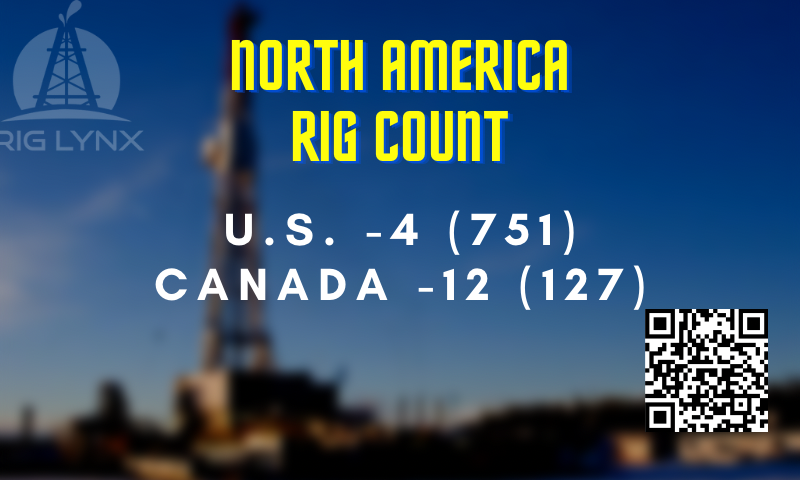
On hot days in Utah’s Uinta basin, rocks weep oil. Rivulets of black tar hint at the untapped riches within. Taken in hand, the stone crumbles, as warm and waxy as fresh asphalt.
The prospect of unlocking those riches has drawn a motley bunch to this desert outside of Vernal, not far from the Colorado border. The men behind Petroteq Energy Inc. — a California trucking company boss from Ukraine, a chemist and an executive who most recently worked in fertilizer– hope to be the first to wring crude from Utah’s so-called oil sands, something tried by few and failed by all. Where others see gnarled sage and dramatic outcroppings, they envision a reserve that can produce for decades, putting to shame the rapidly depleting wells of the prolific Permian basin.
“When you look at the resource we have in this area, it is tremendous,’’ said Petroteq CEO David Sealock. “We have enough oil here to produce 10,000 bpd for over 25 years.’’ That would be significant for Utah, which last year produced just 91,000 bpd, on par with Kansas, but a drop in the ocean for the U.S., whose output has climbed to 10.9 MMbpd.
Possible Paydays
Petroteq is part of a new cohort of wildcatters that have mobilized since U.S. crude prices started climbing last year. They reject the easy money of fracking in favor of the possible gargantuan paydays of speculative ventures with long lead times and high costs. Others flocking to Utah include Enefit, an Estonian company that’s planning to cook the crude out of a dense rock formation 60 mi south of Vernal, and Rose Petroleum Plc, a London-based outfit that wants to take the unusual and financially precarious approach of drilling into a naturally fractured reservoir.
For them, Utah is a paradise of vast, untested resources and permissive regulations. The state offers a 75% “alternative energy†tax credit for any company that can produce 1,000 bbl oil from sand or shale. Utah boasts some of the largest oil-sands and oil-shale deposits in the world. The challenge is developing them.
The last company that tried it, U.S. Oil Sands Inc., went bankrupt in 2017 after spending more than $60 million on a plant that didn’t deliver a single bbl. Petroteq’s own facility, a few miles outside Vernal, in country Mormons rejected as being “good for nothing but holding the world together,†was supposed to start producing this summer. During a June visit, the plant wasn’t churning out any crude.
Secret Sauce
Sealock said they were still working out a few mechanical and electrical issues. He walked through the process: An outdoor conveyor belt moved crushed ore up steel scaffolding and into tanks filled with a solvent company president Jerry Bailey called “our secret sauce.â€
The sauce is key. Unlike Canada’s oil sands, the Utah variety contains very little water. That makes it harder to shear the oil off the sand. The company claims it’s the first to create a solvent that can do this. To prove it, Sealock disappeared behind one of the tanks and returned carrying a pail holding glossy, brown-black crude.
Petroteq claims its process is less destructive than typical oil-sands operations, which use a lot of water and leave behind large, toxic tailing ponds.
“It’s polluting the blasted landscape something terrible,†Bailey said of Canadian production. Petroteq says its extraction system uses no water, and recovers and recycles 99% of its proprietary solvent. Still, the operation is essentially a strip mine, requiring more than one ton of sand to produce a single bbl of oil. Heavy crude also contains more carbon than lighter grades.
Petroteq is the brainchild of longtime friends from Ukraine, Aleksandr Blyumkin and Vladimir Podlipskiy, who said they hatched the idea over vodka when oil prices were at historic highs. Blyumkin said he was running a fuel-distribution company while Podlipskiy was working as a chemist for an oil-sands company in Russia. They decided to try their luck in Utah, home to oil-sands deposits containing 13 Bbo, according to the Utah Geological Survey.
Then the price of oil crashed.
“I didn’t know what to do,†Blyumkin said. “I was panicking. I pulled money from my house. Produce oil or not, you have to support the company.†(continued on page 2)
Check out our other current stories, we dare you…
- Gas well completions in US jump over 200%
- China slowing oil import
- Noble lands new contracts with Encana and Total
<
Common Story
It’s a common theme among Utah’s junior explorers. Rose Petroleum, formerly a mining company, pivoted into oil exploration in 2013, when crude was topping $100/bbl. Enefit, the oil-shale company, started buying acreage in Utah around the same time. Both companies had to pull back when prices crashed in 2014, the start of a downturn that bankrupted 144 exploration companies, according to law firm Haynes and Boone LLP.
Now Enefit is in the final stages of permitting for its plant, and Rose plans to spud its first well in the fall. Blyumkin said he invested nearly $10 million of his own money into Petroteq, which he said will produce its first 1,000 bbl in September.
Same Boat
“Everyone is really in the same boat,†said Rose CEO Matthew Idiens. “Money gets attracted to big things as long as people think the oil price is going to stay where it is.â€
Petroteq said it’s targeting a break-even cost of $30/bbl, a level that promises some pretty profits as U.S. oil hovers above $70. By contrast, oil-sands production in Alberta breaks even at $65 to $75 a bbl, according to Kevin Birn, an analyst at IHS Markit. Excluding capital costs, a $32 break-even is conceivable, Birn said. Petroteq said its oil requires less processing than its Canadian counterparts, bringing costs down.
Once Petroteq’s special sauce is separated from the heavy crude, it can be trucked to refineries in Salt Lake City, the company said. Salt Lake City is a small market, but the management team is clear that the end goal isn’t to be a small-time producer. Instead, they want to prove that their oil-extraction method works so they can license it to other companies or be bought out altogether. It’s a strategy straight out of Alberta.
“That’s what we saw during the boom in Western Canada,†Birn said. “It was a huge gamble.â€
Optimism Abounds
Even if Petroteq’s bet paid off, it could take a while. Ed Koshka, an energy consultant who led business development for U.S. Oil Sands before it went belly up, offered a cautionary tale.
“They all run into the same brick wall when it comes to selling their technology,†he said.
“It looks good at the pilot level, but you need to do it for a couple years. Until you scale it up and run that on a regular basis, no one will be interested.â€
But back in Vernal, there’s no shortage of optimism.
“It’ll move a lot quicker than two years,†Sealock said.
“Someone has to be first,†Bailey added.
“As soon as it’s up and running,†Blyumkin said, “definitely all those guys will sit down and start structuring deals on deals on deals.â€
Check out our other current stories, we dare you…



